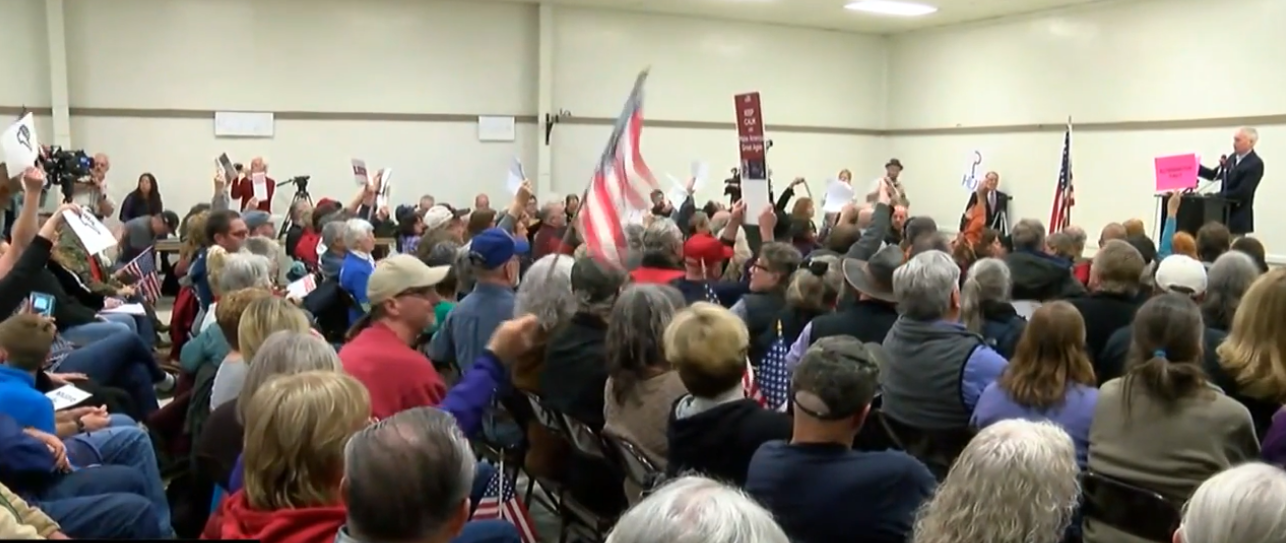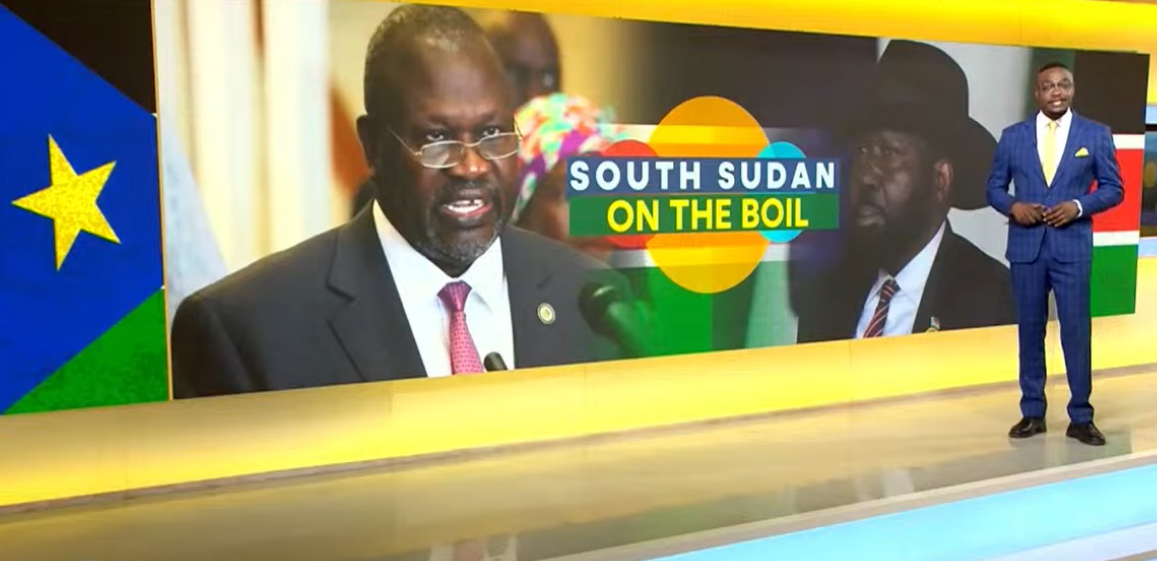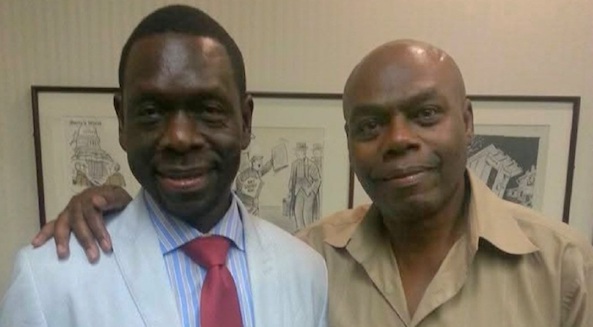Harriette and Harry Moore
[From The Archives: Profiles In Courage]
Late on Christmas night terrorists bombed a wood-framed house in Mims, Florida. Harry Moore, 46, died instantly. His wife Harriette, 49, would die days later. They were African-American civil rights leaders.
That was 1951. No one was convicted. Too few remember.
The explosion was heard for miles. Neighbors rushed to their single story home usually kept so neat to find splintered wood, broken glass, and a gaping hole where the bedroom used to be. As the couple slept, terrorists had placed a bomb under their home near the bedroom.
That Christmas Day marked their 25th wedding anniversary. The Moores had been community activists standing up for justice when others were too afraid. In 1934, Harry Moore started the Brevard County NAACP. He organized Florida’s first NAACP conference.
Harriette Moore was a teacher. Harry Moore was a principle. When Black and White teachers received very different salaries for the same work, Harry Moore helped Black teachers file the first lawsuit brought in the Deep South to equalize salaries. The Moores believed race pride, education, and determination would defeat the racial prejudice facing Black students in segregated Florida.
Harry Moore investigated the 1943 lynching of Cellos Harrison, African-American. According to the organization Civil Rights and Restorative Justice, the lifeless body of Cellos Harrison was found near Florida’s State Road 84. He had been lynched in retaliation for the unsolved murder of a white service station owner killed three years earlier.
Then, in 1944, there was the lynching of 15-year-old Willie James Howard, African-American. He had been taken to the Suwannee River by Phil Goff, a White Florida legislator, who was the father of a girl to whom Howard had given a Christmas card. The boys’ body was found the following day. Harry Moore took affidavits, wrote letters, and called for a federal investigation.
Although no one was arrested for these crimes Harry and Harriette Moore continued their fight for lynching victims in Florida long after others gave up. In spite of intimidation, the Moores pushed for voting rights. Harry Moore formed the Florida Progressive Voter’s League.
Registering Black voters and challenging White political power resulted in the loss of both of their teaching jobs. However, Harry gained a position leading the Florida branches of the NAACP, as Executive Secretary.
But, by 1951, Harry Moore was probably considered too radical for the NAACP. Several years prior to the NAACP’s famous case of Brown v. Board of Education, the Moores were pushing for integration of public facilities and statewide civil rights legislation. Although the NAACP wanted him removed, Harry Moore refused.
Harry Moore said he “placed his life on the alter” for racial justice. The Groveland case only increased the danger. Two years earlier, Florida’s Groveland community was the site of mob violence when 4 young black men were accused of raping a White woman. They were convicted and sentenced to die. Harry Moore investigated.
When the Groveland defendants were beaten in jail Moore levelled charges of police brutality. Whites rioted when the U.S. Supreme Court overturned the Groveland death sentences. Then, while driving back to court, the local sheriff shot two of the handcuffed Groveland defendants, killing Sammy Shepard. Sheriff Willis McCall claimed they had tried to escape.
Harry Moore called for the arrest of the sheriff. It was November of 1951. The Moore’s house was bombed that Christmas. An FBI investigation pointed to three klansmen. But, fear erases memories. No arrests were made. The FBI file was closed in 1955.
There were attempts to re-open the case. In 1978 an informant died of cancer days before he was scheduled to testify about the killings. In 1991 the case was reopened but failed to deliver results. After nearly 50 years, Florida’s NAACP and Department of Justice succeeded in gaining a full investigation.
In 2004, Florida Attorney General Charlie Crist revealed the 4 men he believed conspired to kill the Moores. Their names are: Earl Brooklyn, Tilman Belvins, Joseph Cox, and Ed Spivey. By that time, these klansmen, long suspected of committing this crime, were all deceased.
However, the sacrifice of the Moores remains a part of civil rights history. In Brevard County, Florida, a beautiful re-creation of their home is open toall who wish to consider the price of freedom. This memorial park and cultural center, created in their honor, is on 11 acres of land once owned by civil rights activists.
Freedom has never been free. This year remember Harry and Harriette Moore. They paid the ultimate price for freedom on Christmas Day.
Gloria J. Browne-Marshall, an Associate Professor of Constitutional Law at John Jay College in New York City, is the author of “Race, Law, and American Society: 1607 to Present,” and a legal correspondent covering the U.S. Supreme Court, United Nations, and major court cases. Twitter: GBrowneMarshall







